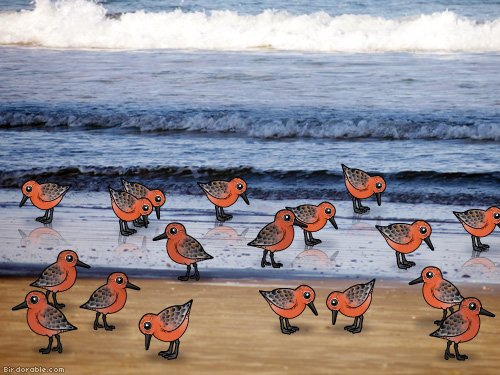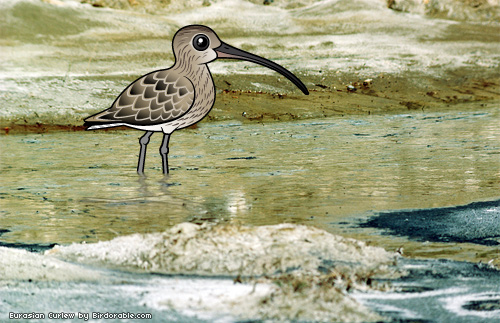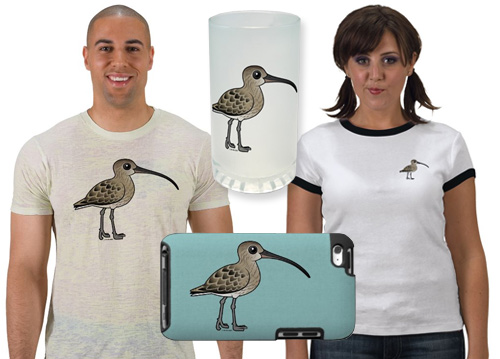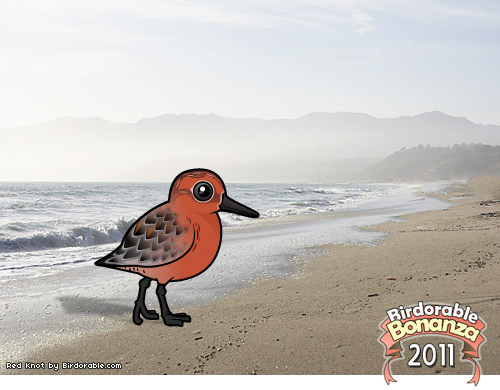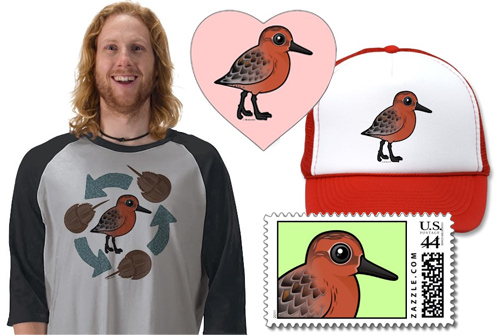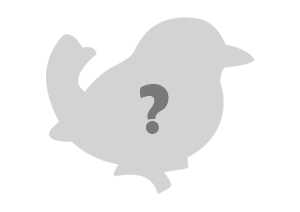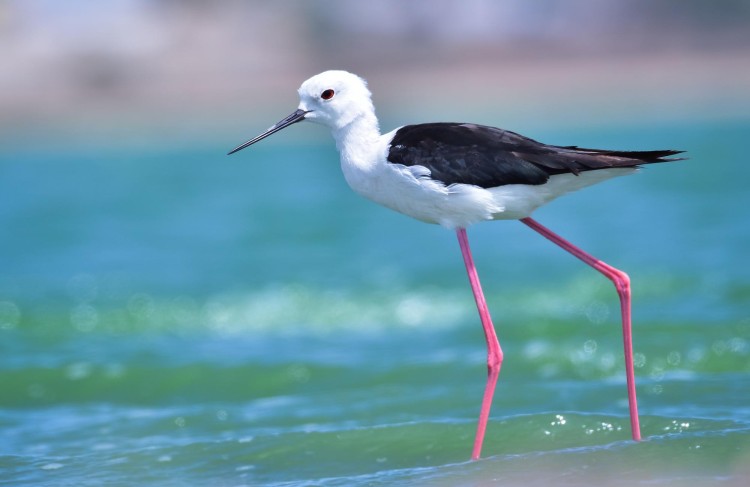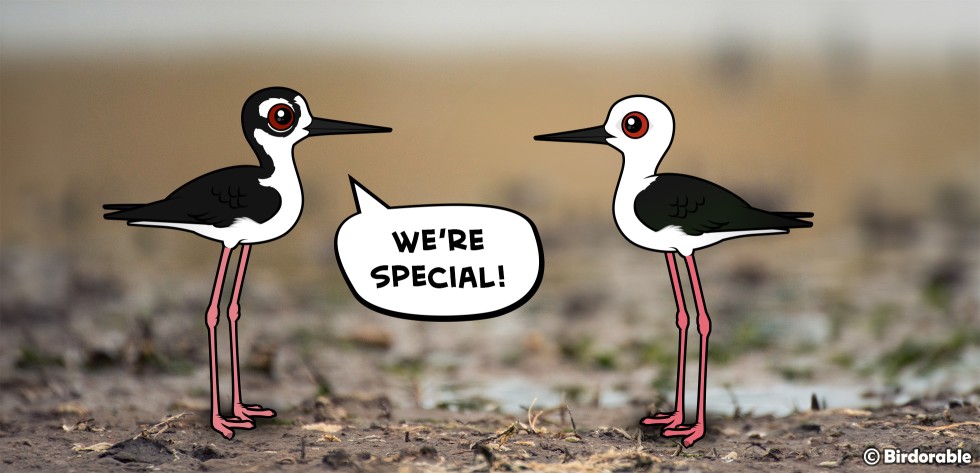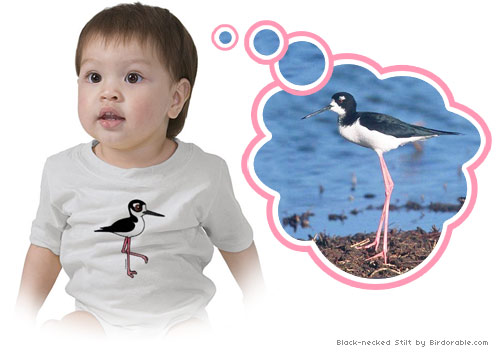2024 Birdorable Bonanza Bird #13
Meet the Siberian Sand Plover: A Migratory Marvel
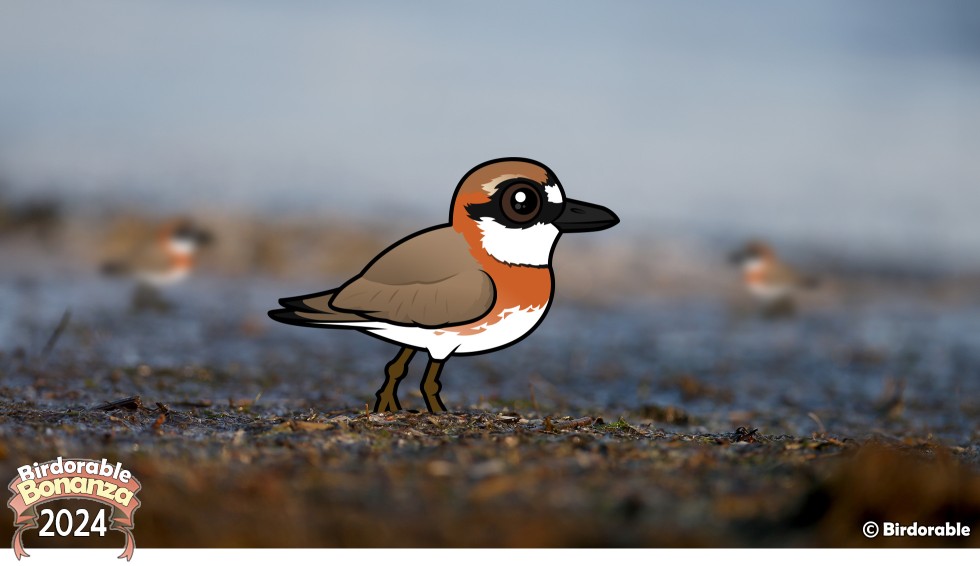
Today's flashy new shorebird is known for breeding in remote parts of Siberia -- it's the Siberian Sand-Plover!
The Siberian Sand-Plover, known by several other names, including the Lesser Sand Plover, is a small, chunky wading bird that breeds in the high-altitude tundra of Siberia and Central Asia. This bird is well-adapted to its environment, and its remarkable long-distance migrations make it a fascinating species for bird enthusiasts worldwide.
Adult Siberian Sand Plovers are compact birds with a rounded body, a short black bill, and relatively long legs. During the breeding season, males sport a striking plumage with a chestnut-colored breast band, white underparts, and a black mask that contrasts with their sandy-brown upperparts. Females and non-breeding birds have more subdued coloration, which helps them blend into the coastal or sandy habitats they frequent during migration and winter.
The bird’s breeding grounds in Siberia are remote and harsh, consisting of rocky, high-altitude plateaus and tundra. Here, Siberian Sand-Plovers lay their eggs in shallow scrapes lined with moss or other vegetation. The precocial chicks are ready to leave the nest and forage soon after hatching.
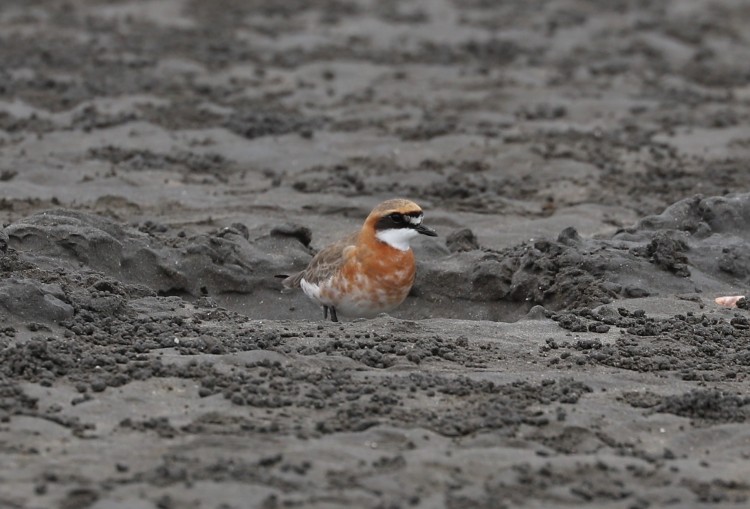
Siberian Sand-Plover by Se Lena [CC BY 4.0]
Once the breeding season concludes, Siberian Sand-Plovers embark on incredible migratory journeys, traveling thousands of miles to their wintering grounds. They spend the winter in coastal zones around Australia and nearby islands. These migrations highlight their adaptability, as they shift from nesting on arid tundra to feeding on mudflats and sandy beaches.
During winter, the Siberian Sand-Plover is often spotted feeding in flocks, picking at crustaceans, insects, and other small invertebrates along the shoreline. Their diet varies with availability, and they are adept at finding food in intertidal zones.
Considered endangered with a decreasing population, the Siberian Sand-Plover faces threats from habitat loss, particularly along its migratory and wintering grounds. Coastal development, pollution, and climate change impact the mudflats and beaches essential for their survival.
This resilient bird, with its impressive migrations and adaptability, is a true marvel of the avian world. Birdwatchers treasure the opportunity to observe Siberian Sand Plovers, whether in their remote breeding habitats or along the bustling shorelines of their wintering grounds.
Siberian Sand-Plover Merch from Birdorable
Tomorrow’s Birdorable Bonanza introduces an Old World bird famous for its sneaky parenting style and iconic call that announces spring! Can you guess what it is? Share your guesses below! 🤔











